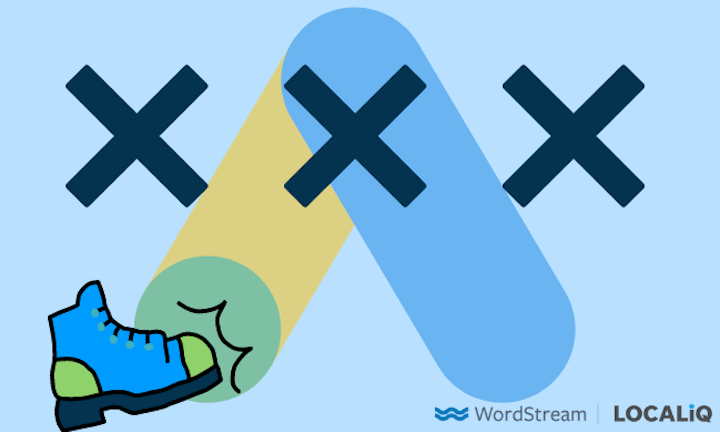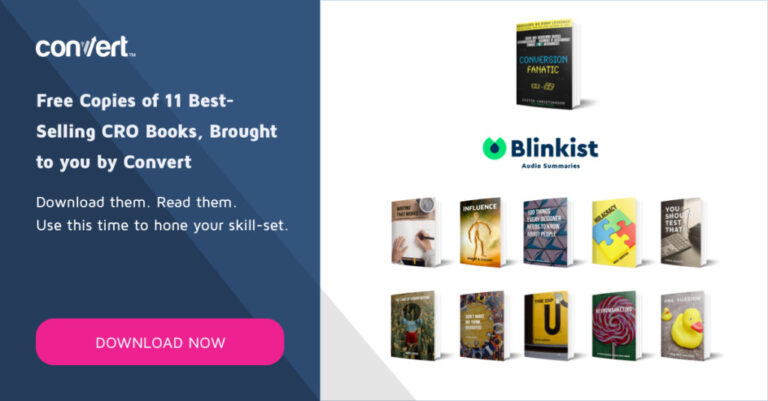I have only recently joined Cavai so I am spending my days familiarising myself with our products and markets, building out a marketing plan for the year and working on upcoming product launches. Since our workforce is distributed across Europe, Asia and the Americas, that naturally means lots of Slack messaging and Zoom calls. Outside of internal team catch-ups, I have a significant number of virtual meetings with sales and product. As part of Cavai’s brand awareness function, I am often liaising with our external PR and marketing agencies to develop campaigns that engage our client base.
Please describe your job: What do you do?
There has been a rising need for information and meaningful interaction in an otherwise chaotic world, which has presented brands with exciting opportunities to experiment with conversational marketing in a bid to engage consumers in a new way. One of the key learnings during the pandemic is that now is the time for conversational to really prove its value. Advertisers are much more aware of the importance of exploring channels to reach their customers – customers who expect to be heard, seen and listened to.
Talk us through a typical day…

How do you maintain an effective work/life balance?
Conversational advertising made a remarkable argument for its value during the pandemic; disseminating information and resolving uncertainties in real time. Indeed, many brands and public sector organisations turned to Cavai during the outbreak. Even as COVID, slowly, comes under control, the need for interactive, conversational tools will remain in a cautious world – setting the scene for an imminent surge in commercial, conversational advertising.
The key is to create boundaries between your work and your personal life – especially with home-working – so there’s a clear line between when work starts and ends. I usually start the working day with a walk and a coffee. Being outside and getting some daylight (it’s really dark in Norway during winter), is crucial for me – I like to take my lunch breaks outside or go for an afternoon run when I can fit it into my schedule. In Norway, we have a lot of snow now, so some nights I will go skiing in the dark with a headlamp on which is a great way to escape. Being active is now more important than ever to me. Finally, to combat all that cold weather, I enjoy taking long, indulgent baths in the evening which really help me to relax and unwind; that’s one great thing I learned whilst living in the UK!
How has strategy changed at your company?
The future of the digital marketing industry is conversational. Conversational helps to empower advertisers to engage with consumers on a personal level. Gartner has foreseen as much, predicting last year that “by 2025, customer service organisations that embed AI in their multichannel customer engagement platform will elevate operational efficiency by 25%.” I believe conversational ads are a solution to the current situation as they enable brands to cross borders, enhance customer service and adapt to the compromises of our reshaped reality.
Now, more than ever, brands must find innovative ways to communicate with consumers and cut through the noise with bespoke campaigns. Expect to see conversational advertising continue to grow in usage as the format’s popularity impacts messaging apps and smart speakers. Messaging has long been the natural home for conversational advertising, so we predict the ad format will soon dominate messaging apps. Additionally, with more consumers using smart speakers to make purchases, this presents huge opportunities for advertisers. With an increase in adoption rates, consumers will grow even more comfortable with the kinds of interactions that were once thought impossible. Indeed, vocal recognition technology now allows for deeper insights into what a person is feeling. That is an exciting prospect for advertisers.
How has customer behaviour (or your clients’ customer behaviour) changed during the pandemic?
Like most people, I struggle with avoiding the urge to catch up on work during evenings and weekends. I have a young son, so I do try to ensure that at least one day over the weekend is logged off and fully focused on him. What works for me is turning off email notifications on my mobile as they tend to lead to stress. I check my phone and email often enough as it is anyway, so I really don’t need the notifications. And if there’s something super urgent, someone will call me.
What do you predict for the future?
Whilst our strategy hasn’t changed a great deal as a result of the pandemic, we continue to develop campaigns to engage and educate our clients on the benefits of conversational marketing. My strategic priority is to ensure we broaden the scope of what ‘conversational’ is and what it entails; it’s a new and expanding field of marketing and we have a lot of exciting products in the pipeline that build upon that same engagement and conversation.
I run global marketing for Cavai. This entails everything from brand management to product marketing to events. I am tasked with increasing our brand awareness and engaging agencies and advertisers who are unfamiliar with conversational marketing. We are active in over ten markets and are constantly launching into new markets, so a big part of my role includes an educational piece; to introduce brands to the significant benefits of conversational marketing.
What advice would you give a marketer right now?
It’s been said before, but it’s worth repeating: Try to focus on the problem you’re solving for the customer, and less on the actual product or service you’re trying to promote. This matters now, more than ever, as customers rarely care about what you sell, but they do care about how it might overcome their pain points. This is where conversational advertising comes in. By its very nature, this format is about creating a dialogue that puts the customer first.






